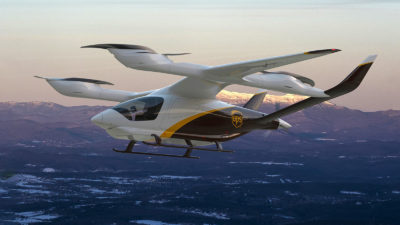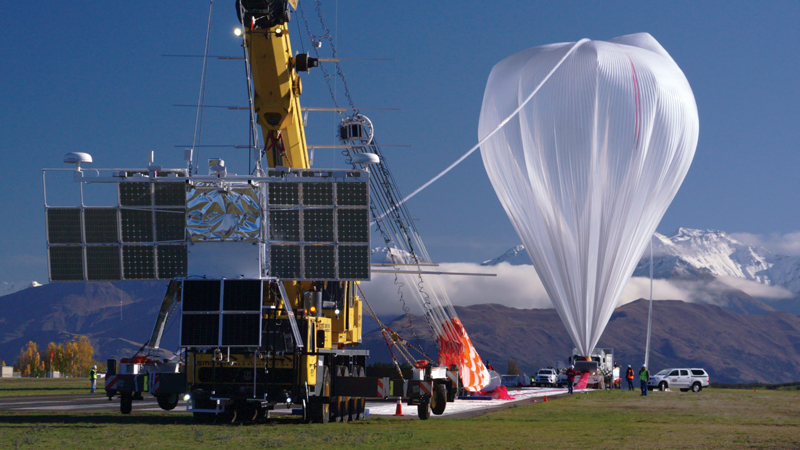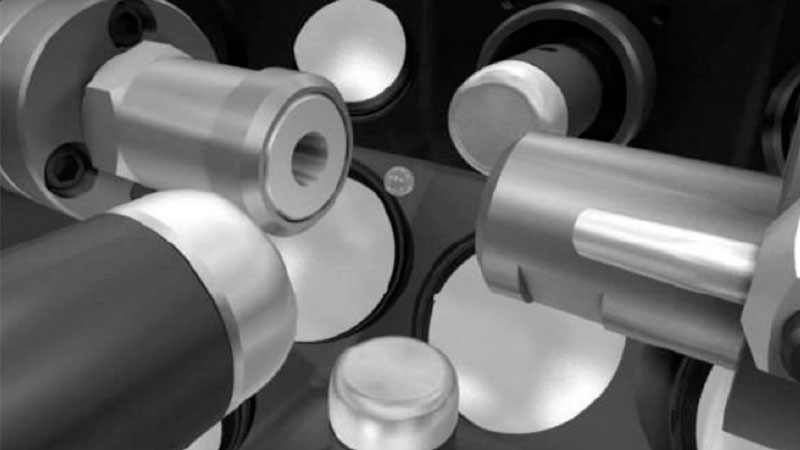Meshing, visualization community works on CFD Vision 2030
By JAMES MASTERS AND CAROLYN WOEBER|December 2018
The Meshing, Visualization and Computational Environments Technical Committee explores the application of computer science to pre-processing, post-processing and infrastructure in support of computational simulation in the aerospace community.
The meshing, visualization and computational environments community continued work this year on technologies and techniques for NASA’s CFD Vision 2030 goals to transform the digital landscape in aerospace analysis.
Computational meshes are necessary to discretize the region of interest when analyzing aerodynamics systems using computational fluid dynamics. To address the requirement that computational meshes be versatile enough to be applied to problems involving transient and dynamic environments where surfaces are not rigid or are in motion relative to each other, the U.S. Air Force in June awarded three Phase 1 Small Business Innovation Research, or SBIR, contracts to provide geometry kernel support to enable dynamic simulations involving surface mesh deformation, adaptive mesh refinement and nonlinear surface elements. The Phase 1 awards went to CFD Research Corp., Pointwise Inc. and GoHypersonic Inc. In addition to the Phase 1 Air Force SBIR, Pointwise also received a NASA Phase II SBIR in April focusing on high-order, curved meshing and adaptation.
An important part of generating computational aerodynamic solutions is the ability to capture the required level of fidelity in the necessary regions. A recognized technique for achieving this is grid adaptation. In January, Boeing demonstrated results using its EPIC anisotropic mesh adaptation code. The adaptive mesh generation process executed automatically without intervention, saving many weeks of effort relative to a fixed mesh approach. It also enabled optimal placement of nodes and better alignment of mesh elements with geometric and flow field features, which in turn resulted in better mesh resolution with fewer elements.
Based on Moore’s law, the largest CFD problems are expected to be using 1 trillion cells by 2030. Conversely, the disk-read data transfer rate is only doubling every 36 months and is destined to be a bottleneck for traditional post-processing architectures. To eliminate this bottleneck, Tecplot Inc. is developing a subzone load-on-demand visualization architecture that loads only the data needed to create the desired visualization. The company released the latest version of this technology in March and in June used it to visualize an iso-surface for a simulated 1 trillion cell dataset on an engineering workstation with 128 gigabytes of memory, which was nearly two orders of magnitude less than the 8.5 terabyte file size.
As higher order computational analysis becomes more mature, the demand for the capability to view high order solutions increases. Even if high order solutions are available, they are of limited value if the ability to post-process the solutions does not keep up with the ability to generate them. However, in March, Kitware released a new high order visualization capability for ParaView, its open source data analysis and visualization application. The company added support for ParaView for arbitrary-order Lagrange elements and advanced the state-of-the-art in visualizing high order images and post-processing high order data.
On the computational environments front, the Air Vehicles branch of the U.S. Department of Defense Computation Research and Engineering Acquisition Tools and Environments program released new versions for both its fixed-wing (Kestrel) and rotary-wing (Helios) frameworks early in the year. Kestrel continues to add capabilities to address targeted applications for the research, development, test and evaluation community and in September introduced a motion preview capability in the user interface that allows the user to animate a prescribed motion or play back the motion of a past case. A major advance for Helios was its addition of automated strand meshing. Using this capability, which was released in January as part of the new production version, a user supplies a surface mesh and Helios can then automatically construct the entire volume mesh in parallel at runtime.
Editor’s note: Carolyn Woeber works for Pointwise.
Image: This flow solution for a UH-60A in high-speed forward flight was obtained with automatically generated strand/Cartesian grids in Helios. Credit: Andrew Wissink/U.S. Army



































